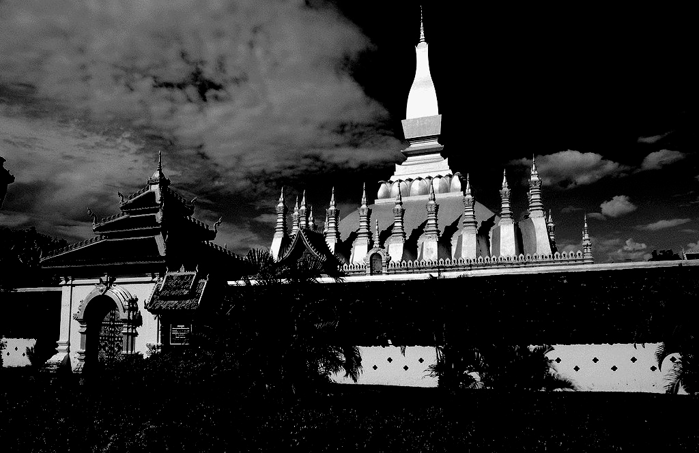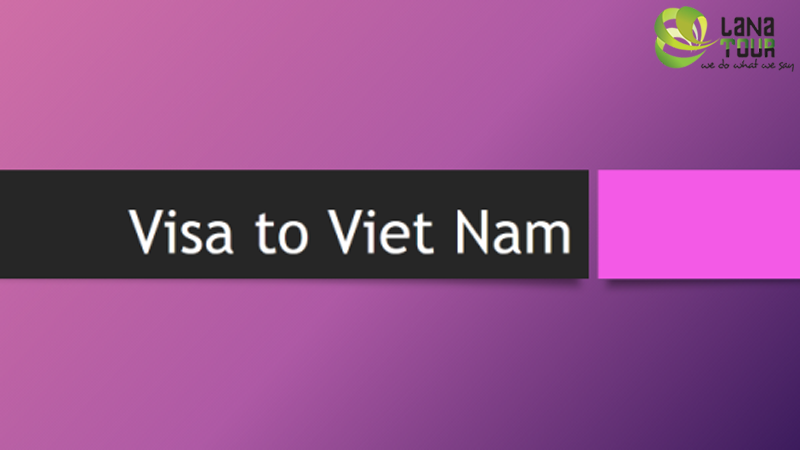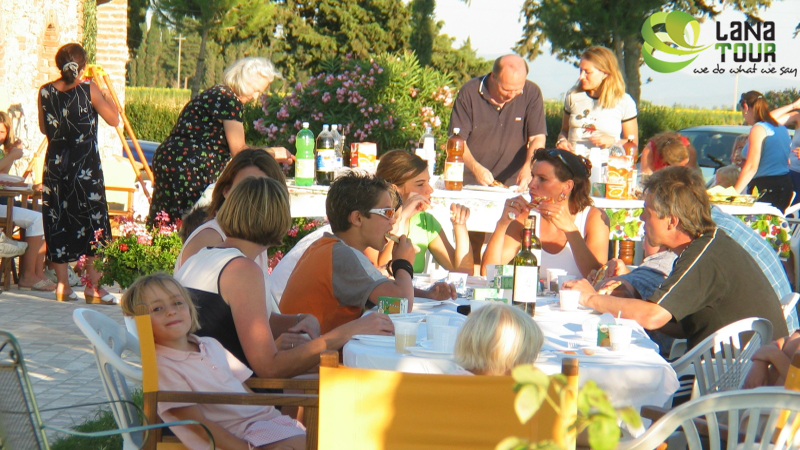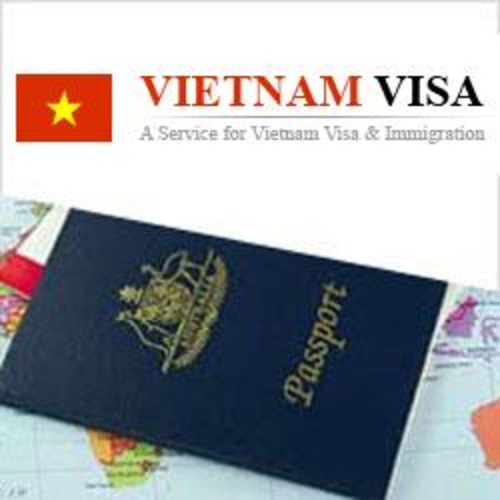History

1.The origins of the Kingdom of Million Elephants (XIV century)
Archaeological research confirms the presence, there are about 5000 years, populations of different origins on the northern part of Laos. These different populations are the ancestors of those we now call Theung Lao (Lao from above), medium altitude mountain people, the first inhabitants of the country.
To the eleventh century, the Thai people migrated into northern Laos today. Organized into chiefdoms, combative and conquerors, probably driven by Chinese expansion, Thai seeped through Dien Bien Phu and the valleys of the Nam Ou and Nam Suong. In contact with the Khmer civilization, they gradually converted to Buddhism and thereafter imposed in areas where they settled their language and culture. The arrival of these new inhabitants repeled Lao Theung to more remote areas. They were the ones who mostly occupy the current Laos and northern Thailand.
In the first centuries AD, southern Laos was occupied by people or Chams of Champa, Hindu kingdom in central Vietnam. The Chams were then displaced by the Khmer kingdom which gradually spread from the 9th to the 11th century in southern Laos to the Vientiane area. Both Chams that Khmers were Indianised and therefore permeable Buddhism spread in Indochina from the seventh century to the 11th century which are present on the Lao territory three groups of important populations: Northern Thai and Khmer in the South, next to the original that are Lao Theung populations. The tumultuous relationship between Thais and Khmers mark the history of Laos.
In 1353, the first Lao kingdom was founded by Prince FaNgum. The latter received an army of 10,000 men provided by her stepfather, Khmer king to regain Viangchan which was previously under the domination of Siam kingdom of Sukhothai. FaNgum declared himself the king of Lao territory. He named Kingdom of LaneXang (literally "Kingdom of a Million Elephants), under the Khmer influence.
2 . Prosperity and decline ( 14th-18th century )
Fa Ngum reigned over Laos for 20 years, imposing Theravada Buddhism as the official religion, before he was removed and replaced in 1373 by his son Oun Heuan as the Samsenthai whose reign lasted 43 years. They are the founders of the future state.
The period from the 15th to the early 18th century is generally a period of peace and prosperity, with the golden age of the reign Souligna Vongsa (1654-1711 ) . Highlights of this period are the transfer of capital from Luang Prabang to Vientiane in 1520 and the construction of Wat That Luang .
After the death of Souligna Vongsa with no heir, the country descended into a period of turmoil and recession, because of its division into three small kingdoms : Vientiane in the center, south Champassak and Luang Prabang in the north. Each of the three kingdoms is subservient to the neighboring kingdoms: Siamese in the North and in the South Vietnamese in the center . In the late 17th century and early 18th century, the kingdom of Vientiane is under Siamese occupation.
3. French Colonization
In 1885, Auguste Pavie was appointed vice-consul in LuangPrabang. In 1893, the king of LuangPrabang, wanting to get rid of the Siamese suzerainty, demanded the protection of France. This is the beginning of the French colonization, marked by various agreements with China (1895), England (1896), Siam (1904), allowing Laos to recover land occupied and trace its boundaries remain until our days.
After the Second World War, in 1946, Laos was established kingdom within the French Union. The Kingdom of Champasak disappeared with the abdication of its last king, Prince Boun Oum Nachampassack.
4. Recovery of Independence and the establishment of communism
Promotion

Free Visa Upon Arrival Letter
Are you going to Viet Nam next months? Don't you know how to get the visa? Don't worry about that because we can take care of this. Only one thing you have to do is sending us your copy of your passerport.

The Best Offer for Family
An idea circuit from North to South Vietnam through its beautiful sights, with a moderate rythm, the variety of activities for children, good accommodation for family.

Summer Promotion
Summer is a great time to travel, to enjoy the beautiful beach but traveling with many attractive offres is a great thing even better. Please see below our special promotion for your summer trip




